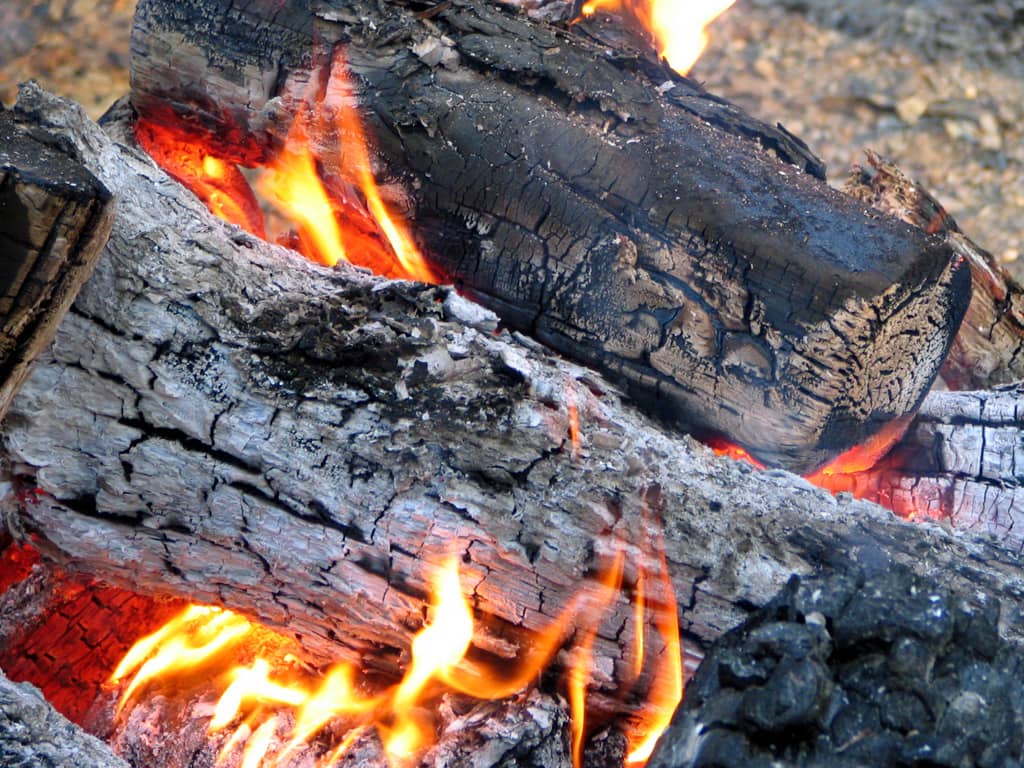4 Easy-To-Make Campfire Starters
Dave Maas 08.19.16

A good campfire starter is easy to light, burns fairly hot and for a fairly long time, and thus is the best way to put flame to firewood, especially when the available tinder and kindling are a bit damp. Here are four easy ways to start your campfire roaring—every time—with items you normally throw away every day.
- Dryer Lint Tube
For this simple fire starter all you’ll need is a few cardboard toilet tissue tubes, or paper towel tubes cut in half, and several loads worth of dryer lint. Used wax paper or sheets of newspaper reserved from the recycling bin are optional.
Simply pack—not too tightly—each tube with dryer lint and you have easy-to-light fire starters. If you’re worried that lint might escape the tubes during transport, just roll each tube in a piece of old wax paper or newspaper and fold the ends into the ends of each tube. Now they’re self- contained. A dryer lint tube works best when the available tinder is dry, or mostly dry.
- Dryer Lint Briquettes
Dryer lint seems to be the theme here, but only because it makes such good tinder. To make the briquettes, however, you’ll also need a cardboard egg carton and the butt ends of a few old candles. The number depends on the sizes of the candle butts; I like to end up with a cup, or so, of melted wax. Broken, unwanted Crayons rescued from the kids’ playroom work just as well.
Melt the wax in a small saucepan that’s been retired from the kitchen, or a quart-size coffee or juice can. First, bring a shallow pan of water to a boil, then turn down the heat to a high simmer. Finally, set the can containing the wax—candles, Crayons or both—into the pan of simmering water. Keep an eye on this process as you’ll probably need to add water to the shallow pan before you’re through.
Now fill each cup of the egg carton with dryer lint, again not too tightly, and slowly pour melted wax over each wad of lint. For an extra burst of heat, you could also sandwich a finger-dollop of petroleum jelly between two layers of lint in each cup before pouring the wax.
When the wax is cool and hard, separate the cups with a shears to make a dozen individual fire starters.
- Sawdust Briquettes
If you are, or know, a home handyman with access to a supply of sawdust, you can make this take-off on the lint briquettes.
Instead of filling the egg carton cups with sawdust (coarse sawdust works best), dump the shavings into an old bowl and add melted wax to the bowl. Taking care to not get burned, stir it into a sticky, pliable mass. Before it sets up, but is cool enough to touch, mold enough waxed sawdust into each cup to make a slightly mounded briquette.
As before, separate the cups once the wax has fully set.
- Waxed Pinecones
If you can legally gather pinecones where you camp or hike, bring a dozen of them home next time you go. Golf- to billiard-ball size cones with thick scales work well, and they must be open and have dropped their seeds.
At home, tie a string around the last few scales at the stem end, leaving a 5- or 6-inch tag end. Then, hold the string as you dunk each cone in to the melted wax, immersing it with a pencil if need be. It will take two or three dunks to build a good coat of wax, but let each coat harden somewhat before applying the next.
Because of the wax and residual resin in the pinecone’s scales, these starters burn intensely, though for a shorter duration, so using multiple cones is a good option in damp conditions.
You might not need a fire starter every time you build a campfire, but keep a dozen or so in your camp box, just in case.

